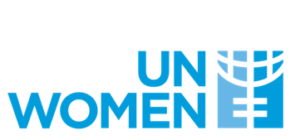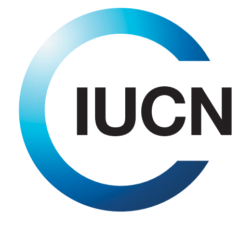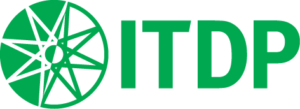
The handbook aims to bridge the gap between gender-responsive policy and practice and to respond to the historical exclusion of women, girls and sexual and gender minorities from urban planning and design processes. It presents the economic and social case for gender inclusion in urban planning and design. The tool provides clear, specific design guidelines, suitable and adaptable for all regions, for a range of planning areas, including housing, public transport and mobility infrastructure, other infrastructure services and urban master plans.
Lifecycle Phase(s): Strategic PlanningPublic authorities identify the needs and long-term vision for infrastructure development., Project PlanningGeneral strategy for a project’s delivery is developed., Concept DesignTechnical experts broadly outline the project’s basic characteristics., Detailed DesignTechnical experts further elaborate the Concept Design.
Type(s) of Tool: GuidelinesOperationalize sustainability principles, less specific than Benchmarks or Rating Systems.






